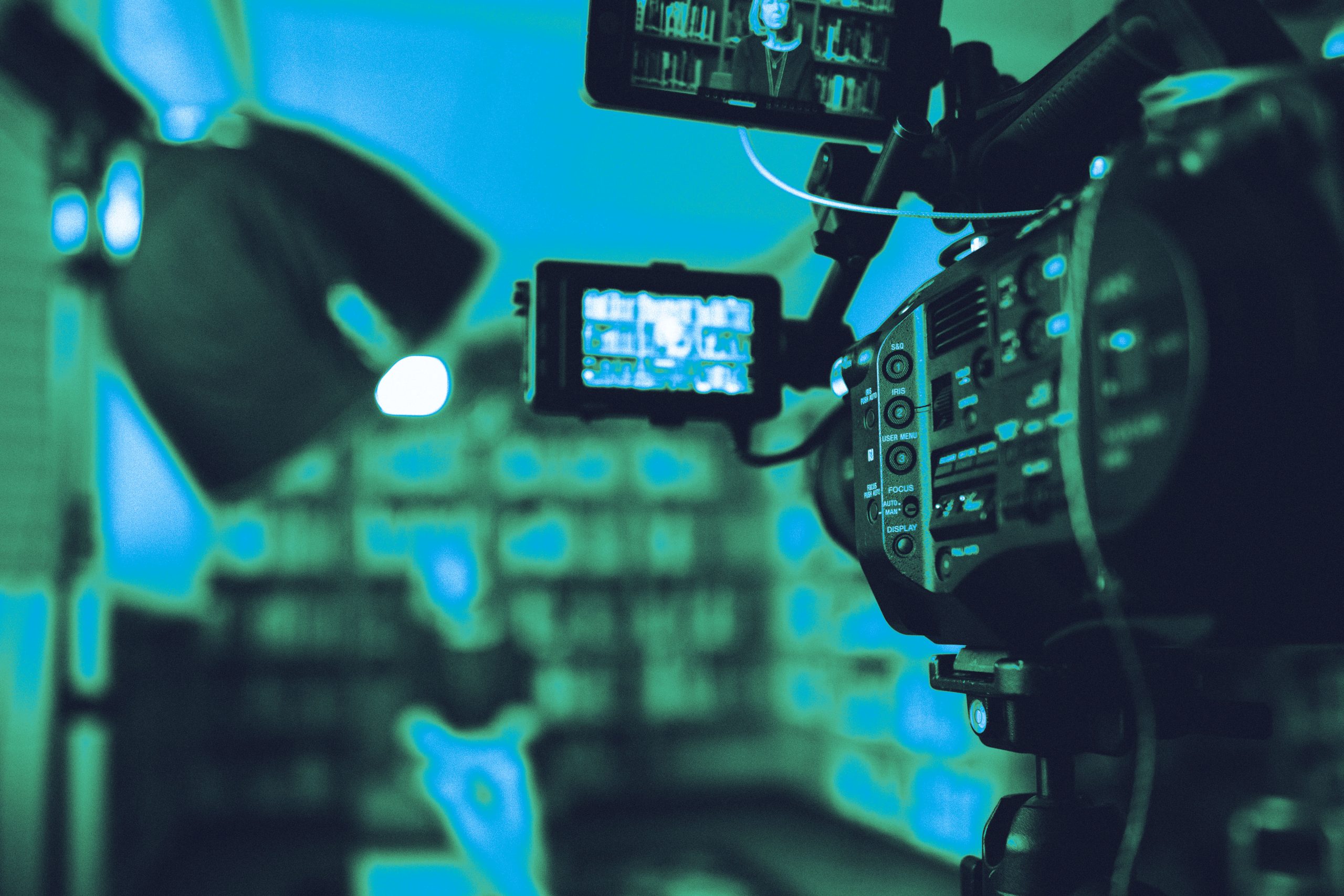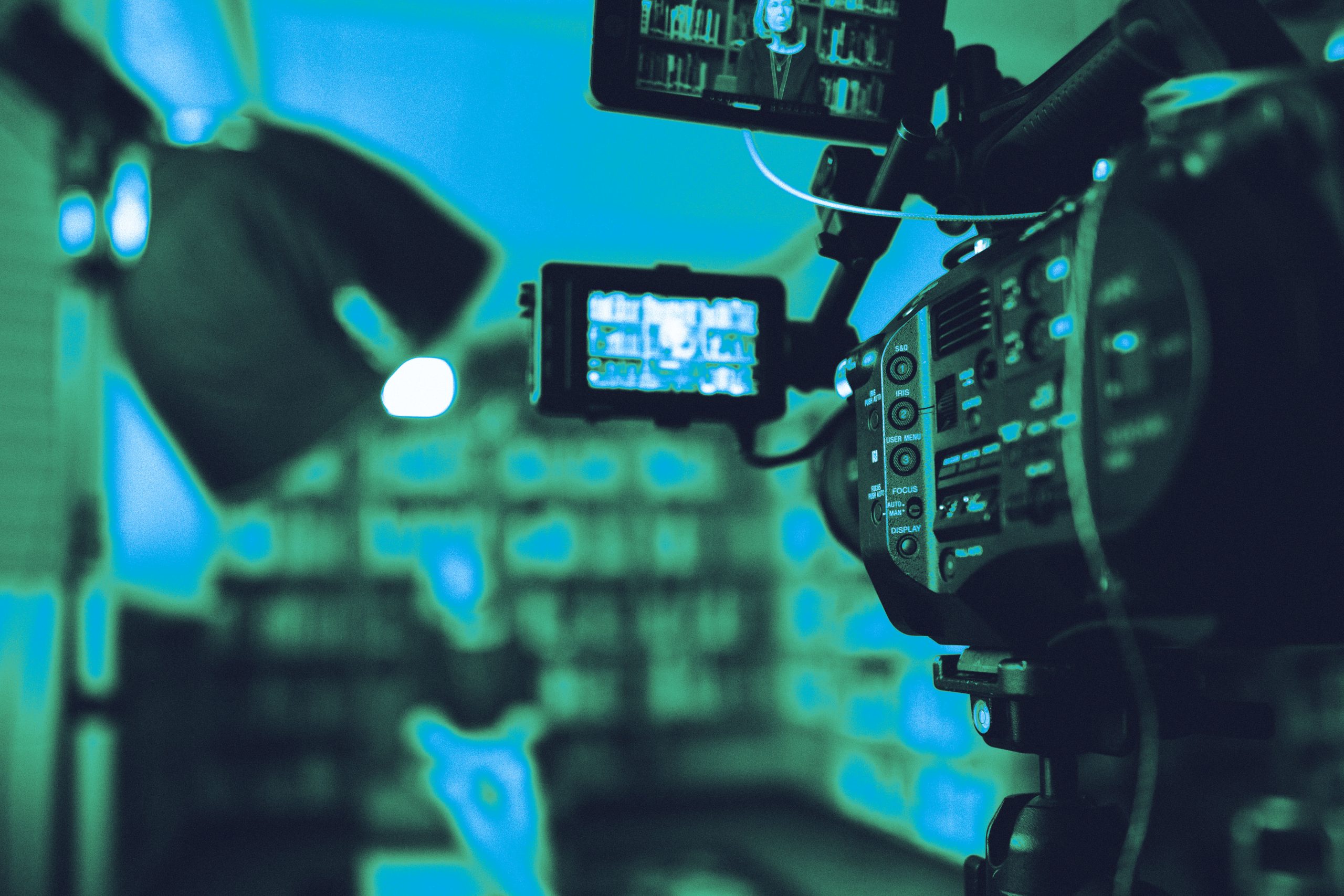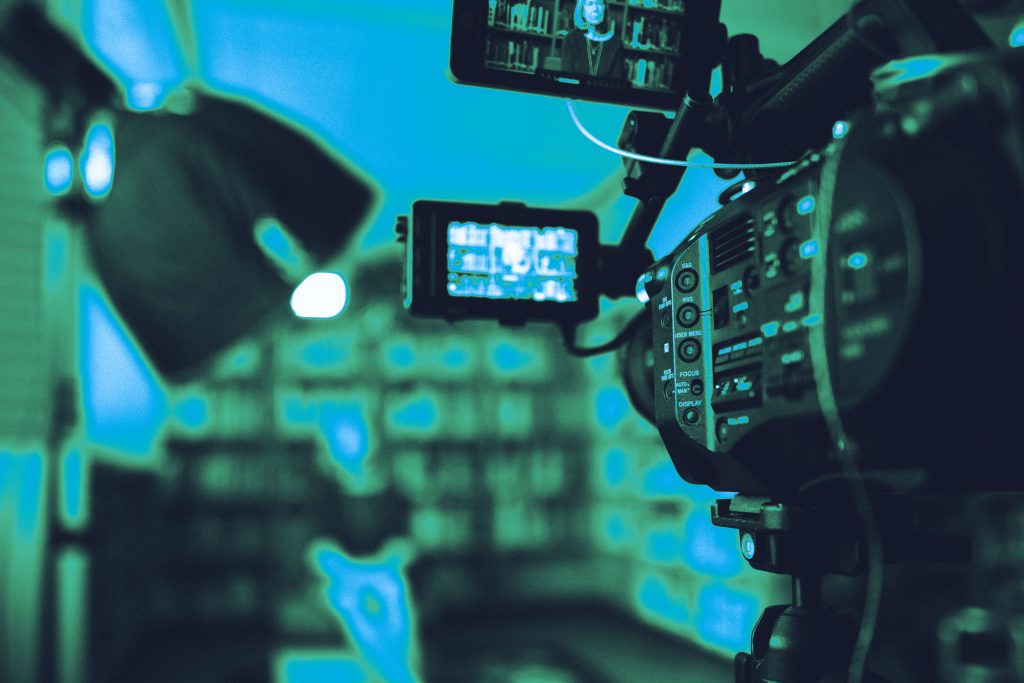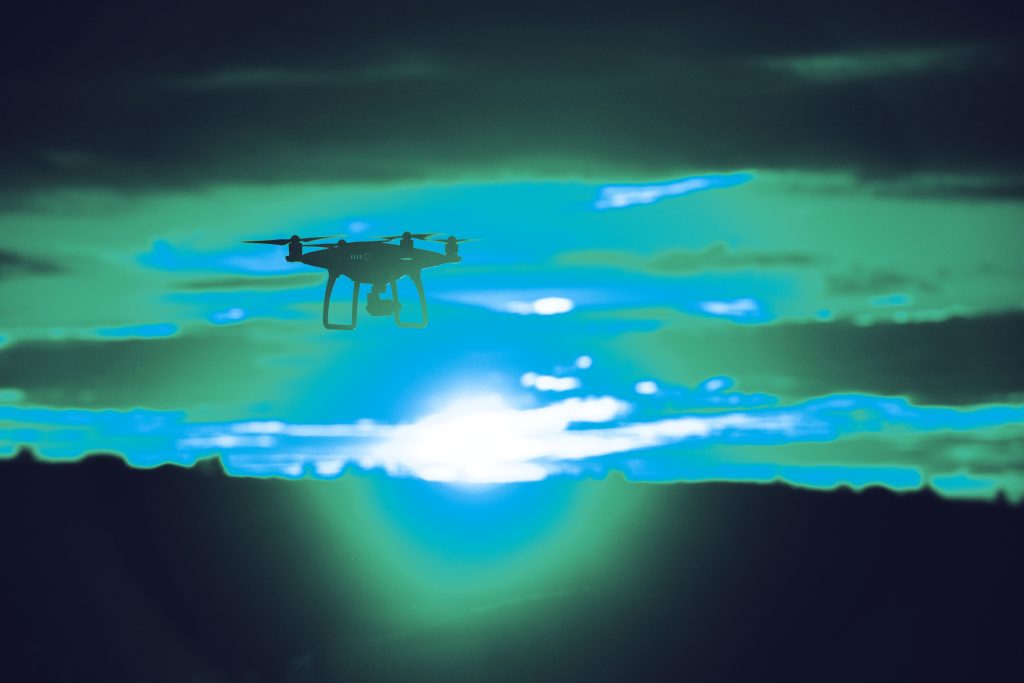The Content and Media industry is a diverse and developing space. On Episode 18 of The Content & Media Matters Podcast we spoke to Taylor Riese, Vice President of Strategic Sales for Signiant. With an impressive career at prominent companies such as Verizon Media, Taylor has a wealth of insights into the Content and Media industry. We spoke to him about the development of supply chains within the sector.
What are your thoughts on why media supply chains have become more complex, and what does that mean for the industry?
The real question is should they have become more complex? We’ve been standardising supply chains, workflows, etc, but in the process we’ve accidentally made things unnecessarily complex. The art of the possible has been explored very well within the media industry. A lot of the time that leads to complex solutions rolling out – with good intentions, of course – which are not always suited to the industry as it is. That complexity creates diminishing returns and precludes you from doing other things. We have a lot of exciting technology at our fingertips, and sometimes it’s hard not to give it a try.
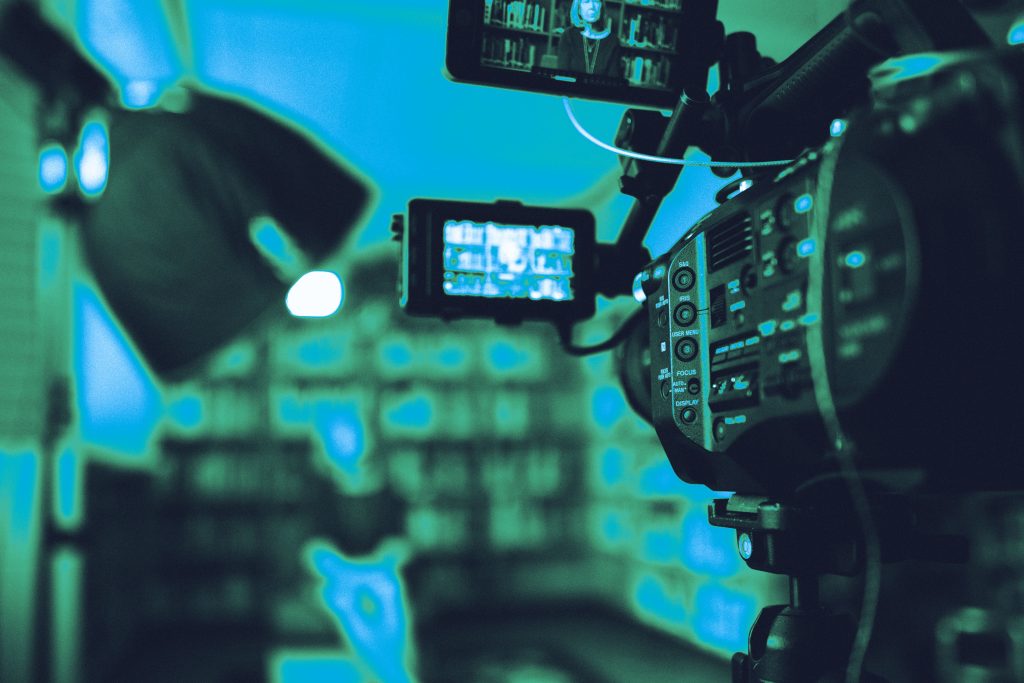
How do you see AI being used when it comes to the content exchange?
AI does such a good job of cataloguing what your content is, transcribing it and telling you what content sits where that you don’t even have to go in and watch the video. There are tons of other potential use cases where AI will be used to decipher or guesstimate what content will be useful for viewers in other regions or languages. In terms of content exchange, AI is going to be helpful for facilitating intercompany movement. We can go into meetings saying ‘We’ve indexed our entire back catalogue, and we’ve got this stuff that we think can be useful to your viewers’ and moving things that way. The same thing goes for the creation of new content, because AI can help you better understand your audience.
Data analytics and metadata are key talking points at the moment. What role do you think they will play when it comes to the media supply chain?
AI is analysing that metadata now. We’re constantly doing things to make metadata capture easier. It’s incredibly important. Having best practices in place for capturing and recording the metadata and making sure it gets put in the right places at the right times is essential. We’re almost forcing that behaviour to make things easier. Having that data will make things easier in 10-15 years, but it also makes things easier in the interim. It saves time and headaches. The more you can do on that side, the easier it is to establish what you have, know where it is and understand what to do with it.
To learn more about the content and media industry’s supply chains, tune into The Content & Media Matters Podcast here.
We sit down regularly with some of the biggest names in our industry, we dedicate our podcast to the stories of leaders in the technologies industries that bring us closer together. Follow the link here to see some of our latest episodes and don’t forget to subscribe.
